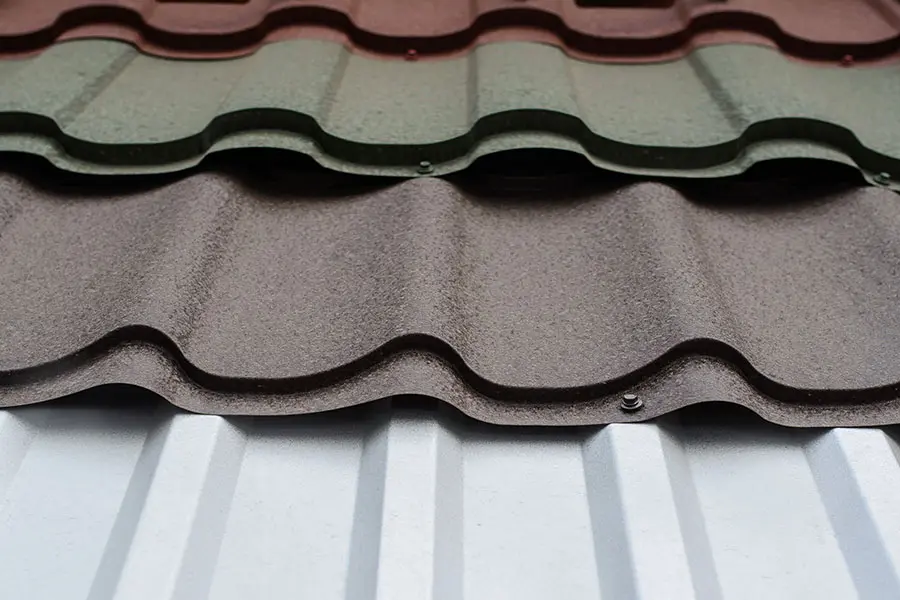Individual Reviews on the very best Gainesville FL Roofing Companies Available
Ideal Practices for Ensuring Proper Roofing Ventilation
A balanced intake and exhaust vent proportion, typically 1:300, plays a crucial role, with intake vents ideally put at the lower edge of the roof covering for trendy air access and exhaust vents at the peak for warm air leave. Keeping insulation away from vents is critical to protect against airflow constraint.
Understand Air Flow Basics
Properly understanding air flow basics is crucial for making certain the longevity and performance of roof covering systems. Reliable air flow mitigates wetness accumulation and temperature level extremes in the attic room, both of which can lead to substantial architectural damages over time. A well-ventilated roofing assists in stopping common issues such as mold and mildew growth, wood rot, and ice dams, which can endanger the integrity of the roof materials and the underlying structures.
The key objective of ventilation is to help with the movement of air, permitting a regular exchange in between the interior and exterior settings. This equilibrium is attained via a mix of intake and exhaust vents that work with each other to keep optimum air movement. Intake vents, typically located along the soffits or eaves, permit fresh air to go into the attic room area, while exhaust vents, frequently situated at or near the roof ridge, make it possible for hot, humid air to leave.
Trick variables influencing the performance of roofing system ventilation consist of appropriate placement, ample sizing, and making certain that both intake and exhaust vents are unblocked. Normal evaluation and upkeep are important to determine possible blockages, damages, or inadequacies in the ventilation system, therefore protecting the roof's performance and toughness.
Kinds Of Roof Covering Vents
Roofing system vents play a vital role in maintaining reliable attic air flow and, by extension, the overall health and wellness of the roof covering system. Different kinds of roof vents are offered, each with special benefits tailored to specific roofing needs. Ridge vents, as an example, are set up along the roof's height, permitting warm, damp air to leave from the attic room. They supply continual air flow and blend flawlessly with the roofline, making them both reliable and aesthetically pleasing.

Soffit vents are installed under the eaves and operate in tandem with roof covering vents to ensure a balanced intake and exhaust system. By enabling cooler air to go into from below, soffit vents promote the expulsion of hot air via upper vents. Gable vents, located on the exterior walls of the attic, offer an additional effective service, specifically in homes with saddleback roofs.
Evaluate Your Existing Ventilation

Following, consider the age and condition of your roofing materials and air flow elements. Older systems may not abide with current building ordinance or may have deteriorated in time, reducing their efficiency. Conduct a comprehensive exam to recognize any kind of indications of deterioration, such as corrosion, damage, or gaps that can compromise the system's efficiency.
In addition, determine the attic room temperature and moisture levels. High temperatures and humidity can show inadequate air flow.
Installation Best Practices
Efficient installation of roofing air flow systems is extremely important for making sure optimal efficiency and long life. Proper installation starts with recognizing the details air flow requirements of the structure and the roof covering it covers. This involves determining the correct ratio of intake to tire vents, usually sticking to the 1:300 rule, which states one square foot of air flow for every 300 square feet of attic flooring room.

The placement of vents is equally crucial. Consumption vents ought to be mounted at the roofing system's reduced edge, frequently in the soffits, to allow trendy air to get in. Exhaust vents, on the other hand, must be mounted near or at the roofing system's optimal to promote the departure of warm, damp air. This creates an all-natural air flow that aids maintain temperature and dampness equilibrium try this website within the attic area.
Seal all vent connections carefully to avoid air leaks and potential water seepage. Usage high-quality materials and follow supplier guidelines to guarantee toughness and efficiency. In addition, integrating ridge vents with baffles can dramatically improve air movement performance by protecting against wind-driven rain and snow from getting in the attic.
Eventually, precise installation of roof ventilation systems reduces possible concerns such as mold development, ice dams, and structural damage, More hints making sure the roof's stability and the building's general health and wellness.
Routine Maintenance Tips
Uniformity in upkeep practices is fundamental to guaranteeing the lasting efficiency of roof ventilation systems. Normal inspections are crucial, ideally performed biannually-- in the springtime and autumn. During these examinations, ensure that vents are free of debris, nests, and other obstructions that can hinder airflow. Check for any type of signs of wetness buildup or mold and mildew, as these can indicate inappropriate air flow or leaks (roofing companies in gainesville florida).
Utilize a soft brush or a vacuum to remove dust and particles from consumption and exhaust vents. Be mindful not to damage the air vent displays or louvers throughout the procedure.
Appropriate insulation is equally important. Make sure that attic insulation does not block the vents, as this can badly restrict airflow. Rearrange or change it to maintain a reliable barrier. if any kind of insulation has actually shifted or cleared up.
Lastly, change any type of harmed or missing components quickly. Busted vents, split roof shingles, or deteriorated flashing can all add to inadequate air flow and needs to be dealt with immediately. Regular upkeep ensures that the roofing air flow system functions optimally, thereby prolonging the lifespan of the roofing system itself.
Final Thought
Making certain correct roof air flow is critical for keeping the effectiveness and longevity of a roof system. Adherence to the 1:300 consumption and exhaust vent proportion, coupled with the strategic positioning of vents, is necessary.
A well balanced consumption and exhaust air vent ratio, typically 1:300, plays a pivotal duty, with intake vents ideally placed at the reduced side of the roofing for awesome air entry and exhaust vents at the optimal for warm air departure. resource Consumption vents, generally located along the eaves or soffits, permit fresh air to go into the attic room area, while exhaust vents, typically situated at or near the roofing system ridge, enable hot, humid air to get away.
Soffit vents are mounted under the eaves and job in tandem with roofing vents to guarantee a well balanced consumption and exhaust system. By allowing cooler air to enter from below, soffit vents help with the expulsion of hot air with top vents. Adherence to the 1:300 consumption and exhaust vent proportion, paired with the tactical positioning of vents, is necessary.